
Review on Peplink Balance One Core: Ultra-Fast 600Mbps Dual-WAN Router (BPL-ONE-CORE) by Andy Syla

Avoid Upgrading SpeedFusion
One of the features of this router compared to the BPL-20 is that it supports SpeedFusion, Peplink's patented bandwidth aggregation technology. If you have multiple 4G LTE lanes, SpeedFusion is a way to combine them for gigabit speeds like 5G NR. In theory. In practice, Balance One is artificially limited to a maximum encrypted bandwidth of 30Mbps even if you have a 200Mbps hotspot. This is a built-in software limitation, as the high-end BPL-210 has the same processor and specs but almost triples the VPN throughput (80Mbps). Peplink has structured its offerings to scam as much money out of the deal as possible: to get true gigabit speeds, you need to buy their most expensive routers, which can cost upwards of $10,000 each. However, the real reason I don't recommend upgrading isn't the slow speed. The SpeedFusion upgrade will cost you $900 and the WAN 3-6 upgrade will cost you an additional $100. The total is around $1500, which is actually less than the prices I've received from certified partners for the BPL-210 with WAN 3 upgrade. This is the only Peplink router that actually costs more for fewer features after a full upgrade. than the next model. There's no excuse for that, especially when you know that the performance is the same as the BPL-210. At a minimum, Peplink needs to increase the bandwidth of the SpeedFusion Balance One if they want to encourage customers to purchase an additional upgrade.
- Networking Products
- Disappearing
New products
Comments (0)
Top products in 📶 Wifi Routers
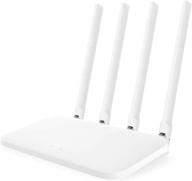
Experience Faster and More Stable Internet with Xiaomi Mi Router 4C

103 Review
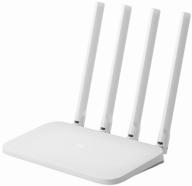
Wi-Fi router Xiaomi Mi Wi-Fi Router 4A Gigabit Edition Global, white

165 Review
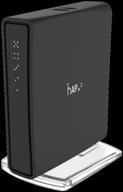
Wi-Fi router MikroTik hAP ac2, black

130 Review
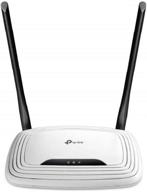
📶 Boost Your Wi-Fi Signal with TP-Link N300 Wireless Extender and Router - 2 High Power Antennas, Access Point, WISP, 300Mbps

216 Review
Another interesting products
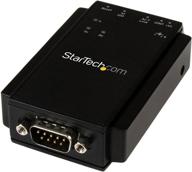
🔌 StarTech.com NETRS232 Serial to IP Ethernet Device Server - DIN Rail Mountable - Serial Device Server - Serial Over IP Device Server (Black)

4 Review
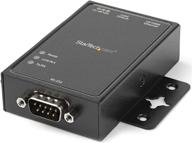
🌐 StarTech.com NETRS2321P: 1-Port RS232 to Ethernet IP Converter, Serial over IP Device Server - Black

5 Review
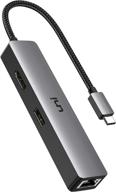
🔌 uni USB C Hub with Ethernet Adapter, 4K HDMI, Gigabit Ethernet, and 3 USB 3.0 Ports for MacBook Pro, iPad Pro, XPS

11 Review
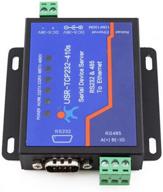
🔌 USR-TCP232-410s: RS232/RS485 Serial to Ethernet Adapter/IP Device Server with DHCP/DNS Support

4 Review

